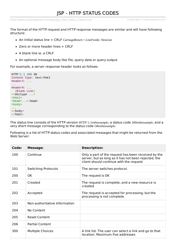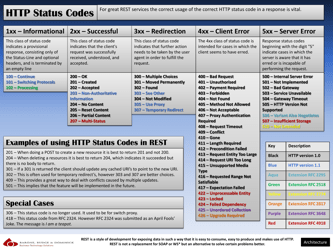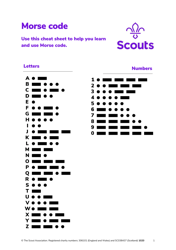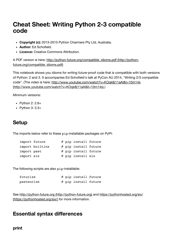Http Status Codes Cheat Sheet - Kstep
The "Http Status Codes Cheat Sheet - Kstep" is a document that provides information about the different HTTP status codes. It serves as a quick reference guide for developers and website administrators to understand and troubleshoot issues related to HTTP responses.
FAQ
Q: What are HTTP status codes?
A: HTTP status codes are a set of standardized codes that indicate the outcome of an HTTP request.
Q: What is the format of an HTTP status code?
A: HTTP status codes consist of three-digit numbers.
Q: What does a 200 status code mean?
A: A 200 status code means that the request was successful.
Q: What does a 404 status code mean?
A: A 404 status code means that the requested resource was not found.
Q: What does a 500 status code mean?
A: A 500 status code means that there was an internal server error.
Q: What does a 403 status code mean?
A: A 403 status code means that the user is not authorized to access the requested resource.
Q: What does a 301 status code mean?
A: A 301 status code means that the requested resource has permanently moved to a new location.
Q: What does a 302 status code mean?
A: A 302 status code means that the requested resource has temporarily moved to a different location.
Q: What does a 400 status code mean?
A: A 400 status code means that the request was invalid or could not be understood by the server.
Q: What does a 401 status code mean?
A: A 401 status code means that the request requires user authentication.






